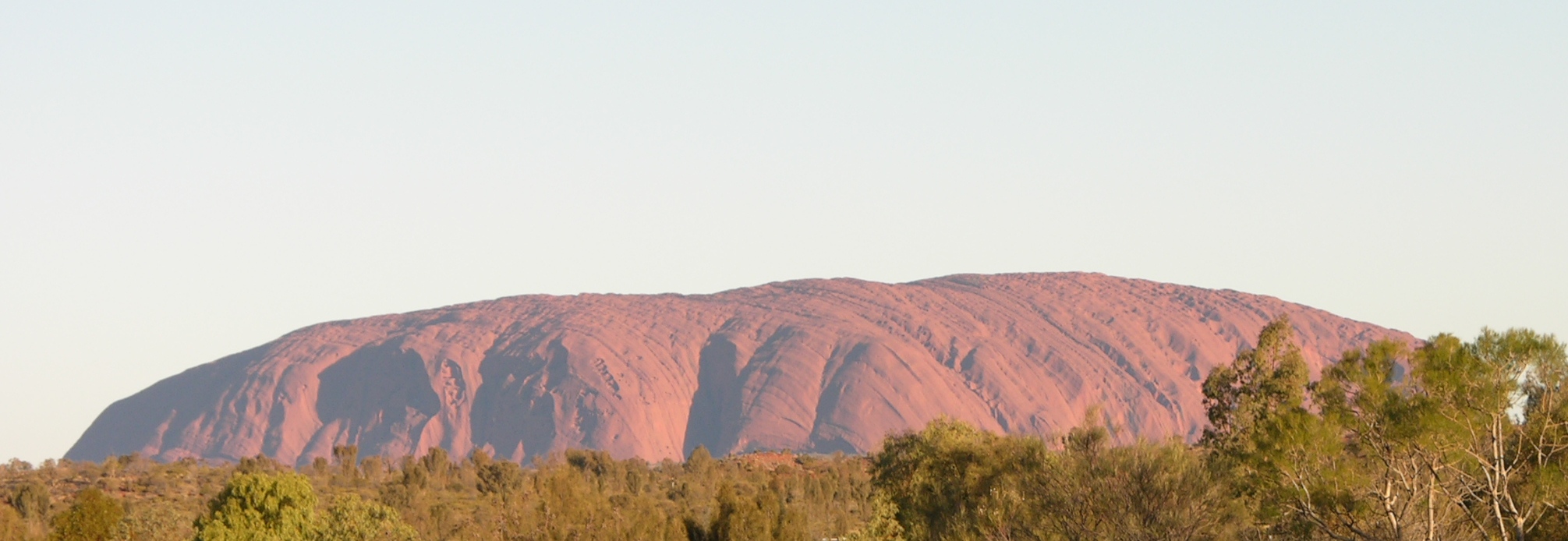Excerpts from Voice of a Voyage, Chapter 7, Australia: Down Under to the Extreme:
This antipodal land has many layers of meaning. Sometimes it seemed so basic and down-to-earth that symbolism could have no place here; but its space, once past the eastern coast, is so vast and unforgiving that the only way to survive it would be through a metaphysical connection. The physical connection becomes exhausting with its antithetical characteristics: extreme heat and cold, swirling dust devils and waist-deep mud, parched dryness and torrential rains, the long-burning dry crackle of wildfires and the quick flash of lightning and booming crash of thunder, and, of course, all those snakes in all that space.
I touted some of the accomplishments of Captain James Cook earlier. In 1770 he was the first European to explore and chart the east coast of Australia. He wrote of the Aboriginals, “I think them a timorous and inoffensive race…. [All] they seem’d to want was for us to be gone.” No wonder. “Wherever the European has trod, death seems to pursue the aboriginal,” wrote Charles Darwin in The Voyage of the Beagle.
The movie, The Rabbit-Proof Fence, is the tragic true story of one of the means used for subjugating these original inhabitants of this continent. Australian authorities took—kidnapped by any other standard—the mulatto children, selected by lighter skin color, and raised them in compounds teaching them to be servants. These children are the Stolen Generations of the Aboriginal people. It wasn’t until 1969 that the laws allowing these children to be taken from their families were repealed.
Today, there is a different story. Many Aboriginals use desperate means to escape their existence. Alcohol, gasoline, glue, paint, whatever is available, all of which separate them from their traditions, their self-respect. Although I understood this, I felt fear and disgust when several Aboriginal black-as-a-crow, dread-locked-greasy-haired young men, with faces planed differently from mine, dressed in torn rags, came careening past me in Alice Springs swearing loudly in the Queen’s English. Only when my uneasiness abated did I feel sadness and some compassion for the hopelessness of their lives.
On a camping trip from Darwin to the Yellow Water Billabong, we had an Aboriginal guide on a river tour. She amazed us with her ability to spot wildlife including a small snake lying on a branch of a tree some distance away. Her winsome face was classic Aboriginal, but with a smile and none of the vulgarities of the lurching, drunken young men of Alice Springs. She epitomized for me through her ability to see, her words, her actions, and her demeanor, the impressive qualities of these people.
I saw these two examples as expressing a range of types of a people, which seemed callow of me at best. These stereotypes are truths, but only part of it, of course. The issues of maintenance of traditional Aboriginal culture and the inbred prejudice against the Aboriginals by the whites are complex problems that Australia must face. As of yet, the country seems to not have found solutions. My own country has little to offer in that regard either.
Possibly as much as seventy-five thousand years ago, the Aboriginal people separated from other Homo sapiens and migrated to Australia from New Guinea when those land masses were still connected. To get to New Guinea, they probably island-hopped from Indonesia. Whether one or multiple migrations isn’t known, but once there, groups separated and even went as far south as Tasmania about thirty thousand years ago. By the time of the European invasion, there were multiple indigenous peoples with different languages and cultures. Today they are lumped together as Aboriginals, although the Torres Strait Islanders are considered separately.
According to an online article in Science, Australia’s Aboriginal people are “likely representing one of the oldest continuous populations outside Africa.” Like the isolation of New Zealand’s birds creating their own physical characteristics, the Aboriginals’ long-term isolation in this place of extremes created a worldview in which they saw a place for everything, and made that place part of a person’s heart and soul. To put it intellectually, as Australian historian and anthropologist Inga Clendinnen does in Inside the Contact Zone: Part 1:
“Traditional Aboriginal culture effortlessly fuses areas of understanding which Europeans ‘naturally’ keep separate: ecology, cosmology, theology, social morality, art, comedy, tragedy—the observed and the richly imagined fused into a seamless whole.”
Max Dulumunmun Harrison wrote in his book, My People’s Dreaming:
“You see these rocks and this tree here; the rock says to the tree, ‘Hey, you can come down here, and I will support you.’ This is how we work with the land, supporting and helping each other. Trees live in tribes, just like people. When a tree is born and then it is moved to another area, for whatever reason, that’s like taking a person out of their country and putting them in a different country. They become like refugees.”

Uluru, a sacred place for Aboriginal culture.
For more information about Australia and the many other countries we visited and spent time in during our 10-year circumnavigation, buy or ask your local library to buy Voice of a Voyage by Doann Houghton-Alico, published by Sunstone Press, ISBN 978-0-86534-990-2, also available as an eBook. THANKS!
